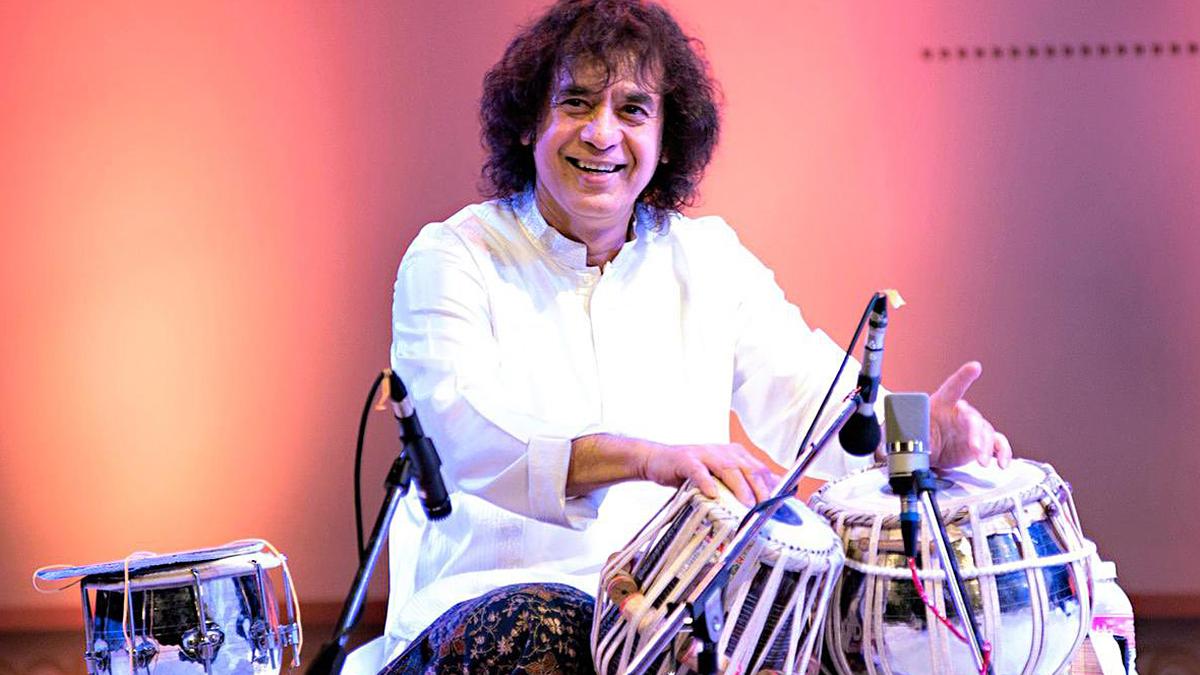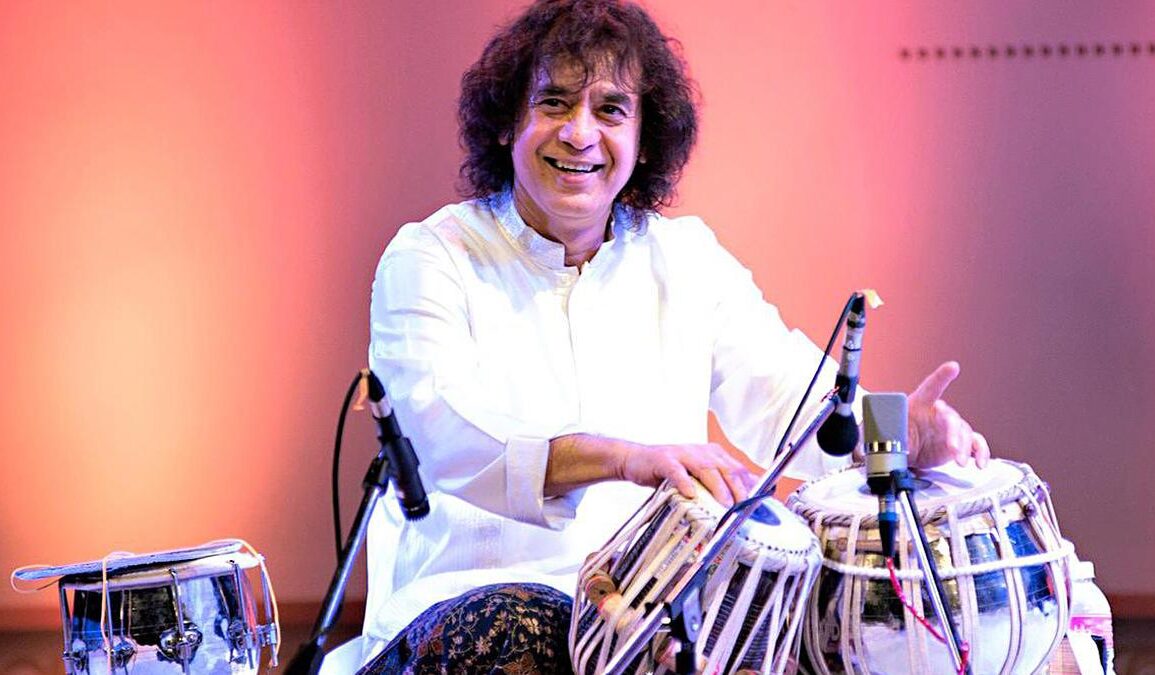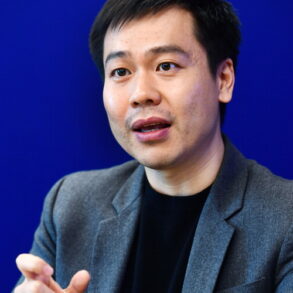
India erupted in joy last December when D. Gukesh made history by becoming the youngest world chess champion. Much like the rest of the country, we at The Hindu celebrated the moment by sharing a quick photo feature on our Instagram handle that captured the Grandmaster’s tears of disbelief and joy. Within minutes, the post garnered thousands of likes, and by the next day, a million. On social media, whether it is an election victory or a sporting triumph, news and emotions travel fast.
As the digital world reshapes how we consume information and opinions — relentlessly, exhaustingly — the role of a social media editor in a newsroom continues to evolve. An editor needs to be fast, proactive, and often nocturnal. This is equally nerve-wracking and exciting.
The job started off simple: we shared selected articles from the newspaper or the website. But since then, it has transformed into a more dynamic and demanding role. Today, we are often the first responders on the desk — tracking news, spotting trends, and delivering updates the moment there is confirmation.
Confirmation is the operative word. Last December, for instance, was a whirlwind month and one to reckon with. There were at least three high-profile deaths in India. There was a barrage of news to break on social media. While some were busy planning and hoping for news-free holidays — if such a thing is ever possible in the life of a journalist — those without holiday plans were glued to their laptops.
When X started buzzing with news of acclaimed filmmaker Shyam Benegal’s death on the evening of December 23, most news organisations declared him dead. Obituaries and condolence messages flooded social media. We glanced at the wire and had a quick chat with our cinema writer in Mumbai, who confirmed that Benegal had passed away. We put the news out and then dove into our rich archives to create a photo feature showcasing the filmmaker’s legacy.
However, things had not been as seamless when music maestro Ustad Zakir Hussain passed away just a week earlier, on December 15. The news had trickled in late at night. There was plenty of confusion and we had no reporter in California to verify it. We had to rely on senior editors to reach out to a relative or close friend for confirmation.
Agency alerts are also not enough at times. When a Saurya Airlines aircraft crashed shortly after take-off from Kathmandu’s Tribhuvan Airport last July, a news agency published a video that began circulating on social media. However, they took it down later after verification revealed that the footage was unrelated to the incident.
While these are stressful days, other days can bring us pure joy. When the Indian team won the T20 World Cup and clinched Olympic medals, there was jubilation in the newsroom. Sleep takes a back seat as we try to capture every moment of excitement, triumph, loss, and sorrow. In the digital age, if your social media is not pulsating with the news, are you even in the game? Absolutely not. Do we get it right every time? Not always. But we always acknowledge our typos and errors and correct them.
The role of a social media editor is, in many ways, that of a multi-tasking editor. From being the voice of the organisation and ensuring that its tone and views are accurately represented, to selecting the most impactful visuals and battling the relentless tide of fake news, this is a job that demands versatility. It is also never too late to appreciate the dedicated followers of The Hindu’s digital community. Their engagement and trust inspire us to keep working and grow bigger.
debasree.purkayastha@thehindu.co.in
Published – January 17, 2025 12:15 am IST
This post was originally published on this site be sure to check out more of their content









Email
Remove
SEE ALL